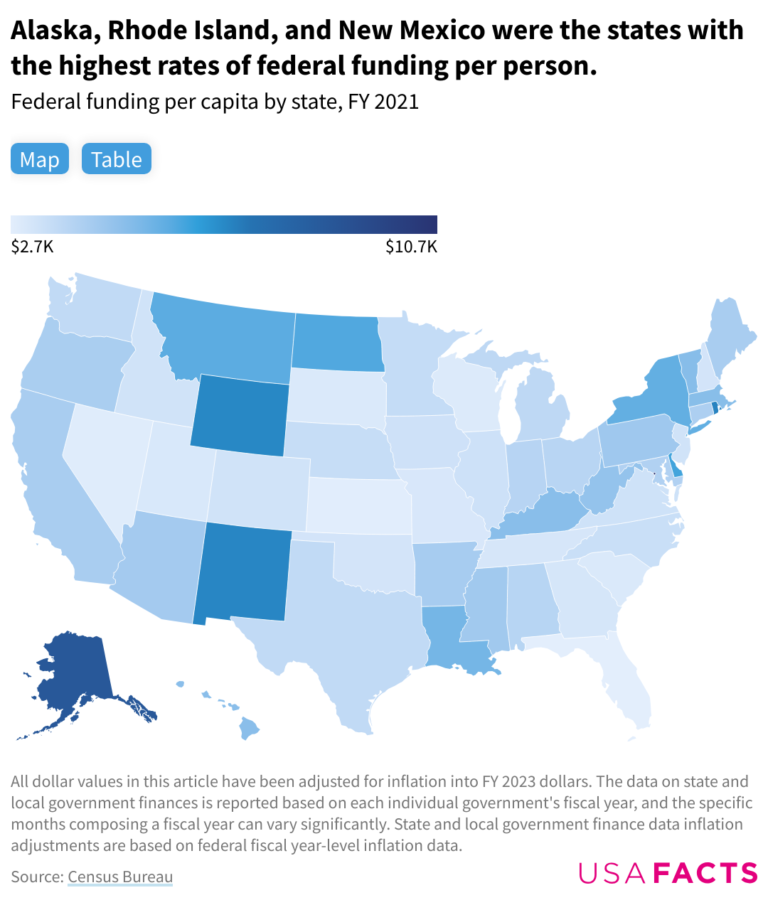Understanding federal funding is essential for students and low-income families, particularly when it comes to financial aid. Numerous federal programs provide resources based on financial need, allowing recipients to support their education, healthcare, and other vital services without the burden of repayment. This article explores various options for “free money” available at the federal level, focusing on the programs designed for those who demonstrate financial need.
What type of federal funding is free money, but is based on financial need only?
Federal funding that is classified as free money primarily includes grants and scholarships awarded based on financial need. Notable examples include Pell Grants, Federal Supplemental Educational Opportunity Grants (FSEOG), and some state-sponsored scholarships that target low-income individuals. These grants are designed to assist students in covering costs related to their education without requiring repayment.
Pell Grants: A Cornerstone of Federal Financial Aid
Among the most recognized federal funding options is the Pell Grant. Established as part of the Higher Education Act of 1965, this grant program provides financial assistance to undergraduate students from low-income families. The Pell Grant is distinguished by the following:
- Eligibility: To qualify, applicants must demonstrate significant financial need, determined by the Free Application for Federal Student Aid (FAFSA).
- Award Amount: For the 2023-2024 academic year, the maximum Pell Grant award stands at $7,395. The amount varies depending on the student’s financial situation, cost of attendance, and enrollment status.
- No Repayment Required: Unlike loans, Pell Grants do not require repayment, making them a category of free money.
Here’s a quick overview of Pell Grant data:
| Academic Year | Maximum Award | Number of Recipients | Total Funding Distributed |
|---|---|---|---|
| 2021-2022 | $6,495 | 6.8 million | $43 billion |
| 2022-2023 | $6,895 | 7 million | $48 billion |
| 2023-2024 | $7,395 | 7.5 million (est.) | $55 billion (est.) |
Federal Supplemental Educational Opportunity Grants (FSEOG)
The FSEOG program supplements the Pell Grant, offering additional financial assistance to students with exceptional need. Institutions of higher education administer these grants based on their available funds.
- Eligibility: Applicants must qualify for Pell Grants to be considered for FSEOG. Schools prioritize students with the highest financial need.
- Award Amount: FSEOG awards range from $100 to $4,000 per year, depending on the financial need and the school’s funding level.
The following table illustrates FSEOG funding trends:
| Academic Year | Maximum Award | Total Recipients | Total Funding Distributed |
|---|---|---|---|
| 2021-2022 | $4,000 | 1.6 million | $1.2 billion |
| 2022-2023 | $4,000 | 1.5 million | $1.3 billion |
| 2023-2024 | $4,000 | 1.7 million (est.) | $1.5 billion (est.) |
State-Sponsored Scholarships
Many states offer scholarships based on financial need, often funded through state budgets. These scholarships can target specific demographics, such as community college students, single parents, or underrepresented groups in higher education.
- Examples:
- The California Dream Act allows undocumented students to apply for state financial aid.
- Texas Grant awards are given to students with significant financial need who demonstrate academic merit.
Each state has different eligibility requirements, funding limits, and application processes. Checking with local state educational agencies or individual colleges is crucial for finding available opportunities.
Other Forms of Free Federal Money
In addition to grants and scholarships, several other federal programs provide financial assistance based on need:
- TANF (Temporary Assistance for Needy Families): This program offers financial assistance and support services to low-income families with children. States administer TANF benefits, which can include cash assistance and job training.
- Medicaid: While primarily a health insurance program, Medicaid provides coverage for low-income individuals and families. Depending on income and household size, this can be considered a form of financial assistance.
- SNAP (Supplemental Nutrition Assistance Program): Although not a cash grant, SNAP offers food assistance to low-income households. The benefits help reduce food insecurity and can be considered a vital free resource.
Applying for Federal Assistance
To access federal funding based on financial need, individuals must complete the FAFSA. This application determines eligibility for various federal and state financial aid programs. Key steps include:
- Gather Required Documents: Prepare necessary financial information, such as tax returns, W-2 forms, and bank statements.
- Complete the FAFSA: Fill out the FAFSA online at FAFSA.gov. It typically opens on October 1st for the following academic year.
- Review Your Student Aid Report (SAR): After submission, the FAFSA generates a SAR summarizing the information provided. Review this for accuracy.
- Follow Up on Awards: Institutions will send award letters detailing the types and amounts of aid available. Respond promptly to any requests for additional documentation.
Conclusion
Federal funding based on financial need primarily consists of grants, scholarships, and other assistance programs designed to support low-income individuals and families. By understanding the available options and the application processes, students and families can access crucial financial resources for education and living expenses. As financial landscapes change, staying informed about funding opportunities ensures that those in need can receive the support necessary to build a better future.
